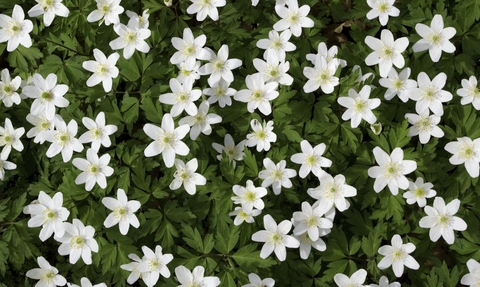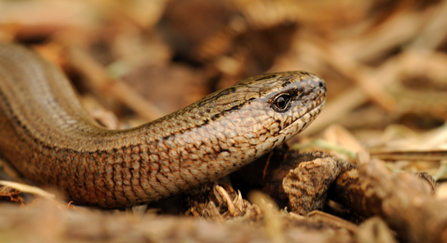
Wood anemone Anemone nemorosa growing in profusion on woodland floor, Scotland, May - Mark Hamblin/2020VISION
Wildlife Gardening Tips for March
Create a compost heap
A compost heap is a great way of getting rid of your kitchen and garden waste, whilst creating food for your garden and a home for wildlife at the same time. Invertebrates such as beetles and worms will feed on the decaying matter, which in turn will attract Slow Worms, Hedgehogs and Toads.
- Choose a sunny spot as this will help the compost rot down more rapidly.
- Buy a ready-made container or make one from recycled pieces of timber. Try to have a few gaps in the side of your bin which will allow wildlife such as Slow Worms in and out. Make sure it has a waterproof lid.
- Anything green can be put in your compost heap – weeds, fruit and vegetable scraps, coffee grounds, paper. Avoid putting in cooked food which will attract rodents, or ash and faeces which will change the condition of the compost.
- The compost will be ready when it looks dark brown and earthy.

© Amy Lewis
Meadow management
If you have an established wildflower meadow in its second year or older, you might want to cut it to a height of 50-100mm now to prevent grasses becoming too dominant.
